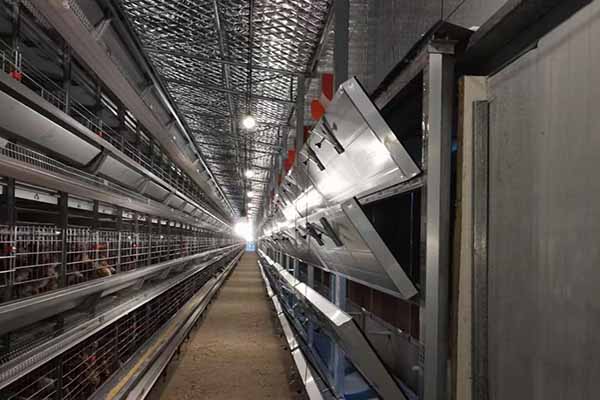Cage System Innovations in Poultry Farming
Introduction to Cage Systems
The implementation of cage systems in poultry farming has revolutionized the industry, offering numerous benefits in terms of productivity and animal welfare. In this article, we delve into the key aspects of cage systems and their impact on poultry production.
Types of Cage Systems
There are several types of cage systems used in the poultry industry, each designed to cater to different needs. Here are the most common types:
- Single-tier battery cages
- Multi-tier cages
- Enriched cages
Single-tier battery cages are the most traditional, with multiple tiers stacked on top of each other. Multi-tier cages, on the other hand, provide more space for birds and are often used for layers. Enriched cages, a newer innovation, are designed to promote bird welfare by offering perches, pecking toys, and nest boxes.
Advantages of Cage Systems
The use of cage systems in poultry farming offers several advantages:
- Increased space efficiency
- Improved biosecurity
- Enhanced egg quality
- Reduced risk of injury to birds
According to a study published in the Journal of Poultry Science, the adoption of cage systems has resulted in a 30% reduction in disease incidence and a 20% increase in egg production.
Cost Analysis
The cost of implementing a cage system varies depending on the type of cage and the scale of the farm. Here is a simplified breakdown of the costs involved:
| Component | Cost |
|---|---|
| Single-tier battery cages | $2.5 per bird |
| Multi-tier cages | $3.0 per bird |
| Enriched cages | $3.5 per bird |
| Installation and maintenance | $1.0 per bird |
Conclusion
Cage systems in poultry farming have proven to be a game-changer, offering numerous benefits that contribute to the success of poultry businesses. By investing in the right cage system, poultry farmers can expect increased productivity and profitability.
For a detailed analysis of your specific poultry farming needs and a free equipment quotation, please feel free to leave a comment or contact us directly.





